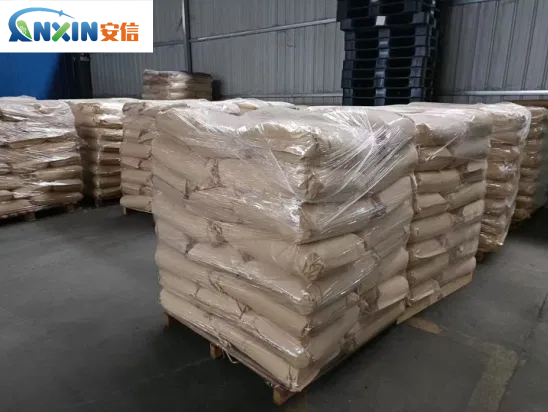Food Additive Sodium Carboxymethyl Cellulose
Sodium carboxymethyl cellulose (CMC), often referred to as carboxymethyl cellulose (CMC) or cellulose gum, is a versatile food additive with a wide range of applications in the food industry. It is derived from cellulose, a naturally occurring polysaccharide found in the cell walls of plants. CMC is commonly used as a thickener, stabilizer, emulsifier, and moisture retention agent in various food products. Its unique properties make it indispensable in the manufacturing processes of many food items.
Chemical Structure and Properties
CMC is synthesized by treating cellulose with sodium hydroxide and monochloroacetic acid, resulting in the substitution of hydroxyl groups with carboxymethyl groups. This modification imparts water solubility to the cellulose molecule, allowing it to function effectively as a food additive. The degree of substitution (DS) determines the level of substitution of carboxymethyl groups per anhydroglucose unit in the cellulose chain, influencing its solubility, viscosity, and other functional properties.
CMC exists in various forms, including powders, granules, and solutions, depending on the intended application. It is odorless, tasteless, and typically white to off-white in color. The viscosity of SCMC solutions can be adjusted by varying factors such as the concentration of the solution, the degree of substitution, and the pH of the medium.
Functions in Food
Thickening: One of the primary functions of CMC in food products is to increase viscosity and provide texture. It enhances the mouthfeel of sauces, dressings, and dairy products, giving them a smoother and more appealing consistency. In baked goods, CMC helps improve dough handling properties and provides structure to the final product.
Stabilizing: CMC acts as a stabilizer by preventing the separation of ingredients in food formulations. It helps suspend solid particles in beverages, such as fruit juices and soft drinks, preventing sedimentation and maintaining product uniformity throughout shelf life. In ice cream and frozen desserts, CMC inhibits crystallization and improves the creaminess of the product.
Emulsifying: As an emulsifier, CMC facilitates the dispersion of immiscible components, such as oil and water, in food systems. It stabilizes emulsions, such as salad dressings and mayonnaise, by forming a protective film around droplets, preventing coalescence and ensuring long-term stability.
Moisture Retention: CMC has hygroscopic properties, meaning it can attract and retain moisture. In baked goods, it helps prolong freshness and shelf life by reducing staling and maintaining moisture content. Additionally, in meat and poultry products, CMC can enhance juiciness and prevent moisture loss during cooking and storage.
Film-Forming: CMC can form flexible and transparent films when dried, making it suitable for applications such as edible coatings and encapsulation of food ingredients. These films provide a barrier against moisture loss, oxygen, and other external factors, extending the shelf life of perishable products.
Applications
CMC finds widespread use in various food products across different categories:
Bakery Products: Bread, cakes, pastries, and biscuits benefit from CMC ability to improve dough handling, texture, and shelf life.
Dairy and Desserts: Ice cream, yogurt, custards, and puddings utilize SCMC for its stabilizing and thickening properties.
Beverages: Soft drinks, fruit juices, and alcoholic beverages employ CMC to prevent phase separation and maintain product consistency.
Sauces and Dressings: Salad dressings, gravies, sauces, and condiments rely on CMC for viscosity control and stability.
Meat and Poultry Products: Processed meats, sausages, and meat analogs utilize CMC to enhance moisture retention and texture.
Confections: Candies, gummies, and marshmallows benefit from CMC’s role in texture modification and moisture control.
Regulatory Status and Safety
CMC is approved for use as a food additive by regulatory authorities such as the U.S. Food and Drug Administration (FDA) and the European Food Safety Authority (EFSA). It is generally recognized as safe (GRAS) when used in accordance with good manufacturing practices and within specified limits. However, excessive consumption of SCMC may cause gastrointestinal discomfort in sensitive individuals.
sodium carboxymethyl cellulose is a valuable food additive that contributes to the quality, stability, and functionality of numerous food products. Its multifaceted role as a thickener, stabilizer, emulsifier, and moisture retention agent makes it indispensable in modern food manufacturing, enabling the production of a diverse range of foods with desirable sensory attributes and extended shelf life.
Post time: Apr-17-2024
